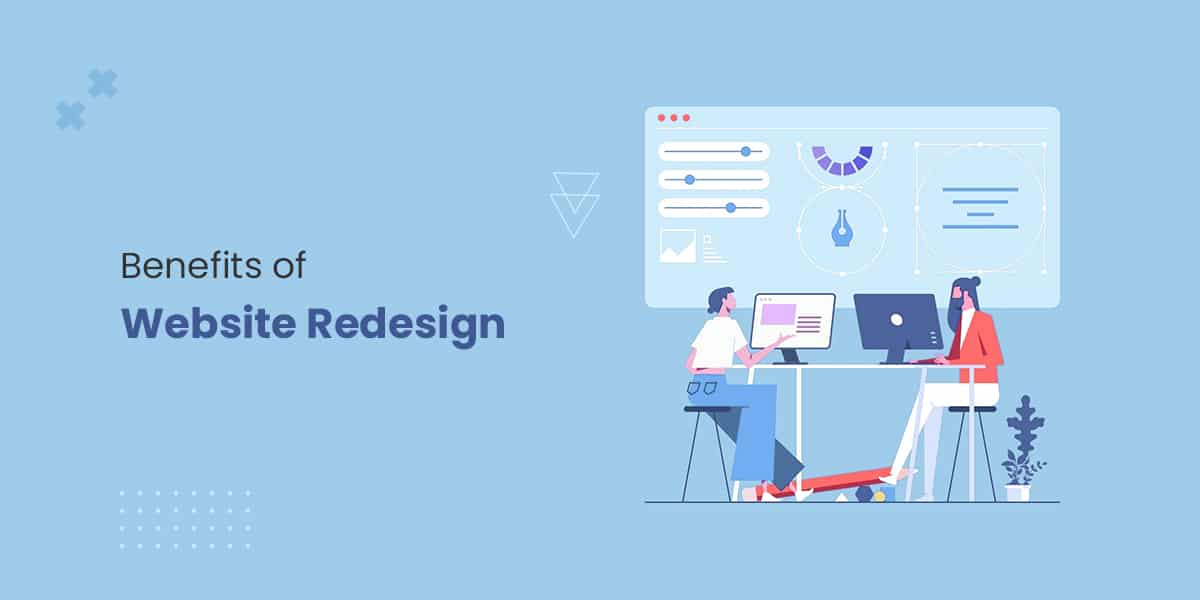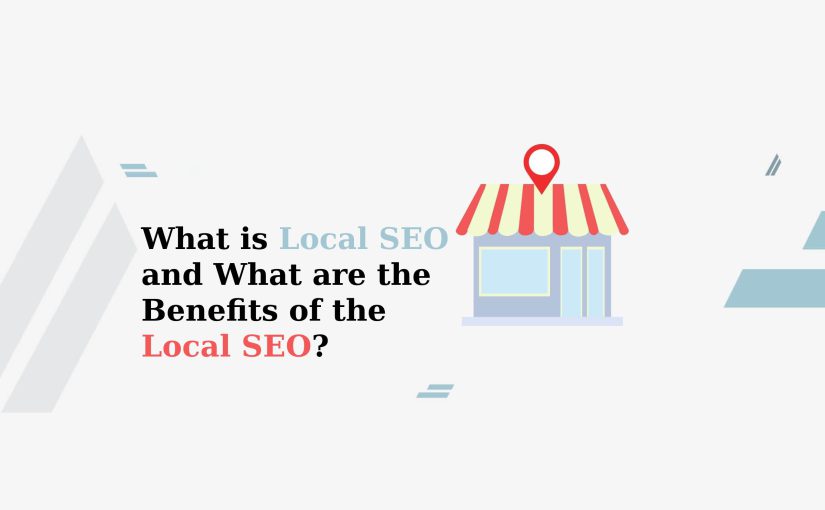
Software, Application
Benefits of Website Redesign and Getting Started
In today’s digital era, establishing an effective online presence is essential for businesses and organizations. Your website serves as a virtual storefront, reaching out to a vast audience and showcasing your brand, products, and services. However, with technology evolving rapidly, websites can quickly become outdated, leading to a poor user experience and falling short of modern internet users’ expectations. This is where the Benefits of website redesign comes into play.
Website redesign involves the process of revamping and updating an existing website to enhance its appearance, functionality, and overall user experience. It entails a thorough evaluation of the current website’s design, content, and features, followed by strategic changes that align it with the latest web design trends. For businesses in Jaipur, a competent web development company in Jaipur can provide invaluable expertise in this area.
Assessing the Benefits of Website Redesign:
Recognizing the importance of a well-designed and up-to-date website. It becomes crucial to evaluate whether your current website requires a redesign. The following factors should be considered:
1. Outdated Web Design:
Carefully analyze your website’s design in comparison to modern web design standards. Is it visually unappealing or appears outdated? Ensure that the colors, typography, and layout align with current trends to avoid giving the impression that your business is lagging.
2. Aged Content:
Content plays a pivotal role in the online world, and outdated or stale content can harm your website’s credibility. Review the relevance and accuracy of your existing content, updating sections that are no longer applicable. Fresh and informative content engages visitors and positively impacts search engine rankings.
3. Slow Page Speed:
Users expect websites to load quickly in today’s fast-paced digital landscape. If your website takes too long to load, visitors are likely to leave and seek alternatives. Test your website’s loading speed and consider a redesign to optimize its performance for faster load times and improved user experience.
4. Mobile Responsiveness:
With the increasing usage of mobile devices, having a mobile-friendly website is crucial. Ensure your website is fully responsive across various screen sizes and devices to avoid alienating a significant portion of your potential audience.
5. User Feedback and Analytics:
Pay attention to user feedback and analytics data to identify usability issues and user dissatisfaction. Analyze your website’s performance metrics, such as bounce rate, time on page, and conversion rates, to determine if a redesign is necessary to address underlying problems.
By carefully assessing these factors and recognizing any weaknesses in your current website, you can make an informed decision about whether a redesign is warranted. Remember, a well-executed redesign can breathe new life into your online presence, attract more visitors, and contribute to the success of your business.
Tips & Checklist for a Positive User Experience During Your Web Design Project:
Undertaking a web design project, especially Benefits of Website Redesign, offers a valuable opportunity to enhance the user experience (UX) and foster positive interactions between visitors and your website. Follow these essential tips and adhere to UX guidelines for web redesign:
1. Define Clear Objectives:
Set clear objectives for your web design project and identify your target audience’s needs. Understanding your audience will guide the design process effectively.
2. Conduct User Research:
Gain insights into your target audience’s preferences and pain points through surveys, interviews, and usability testing. Use the data to inform user-centric design decisions.
3. Develop a Responsive Web Design Process Checklist:
Organize your project with a responsive web design process checklist, including key milestones and tasks such as content audit, wireframing, prototyping, visual design, and testing.
4. Prioritize Mobile Responsiveness:
Ensure your redesign prioritizes mobile responsiveness, starting with a mobile-first design approach.
5. Optimize Navigation and Information Architecture:
Simplify navigation menus, use descriptive labels, and create a logical information architecture for easy access to essential content.
6. Improve Page Load Speed:
Optimize page load speed by compressing images, minimizing code, and using caching mechanisms.
7. Focus on Visual Hierarchy and Readability:
Use visual hierarchy to guide users’ attention and ensure readability with appropriate font sizes and contrast.
8. Implement Consistent Branding:
Maintain consistent branding across your website, reinforcing your brand identity and building trust with users.
9. Conduct User Testing:
Involve a diverse group of users in the testing phase to gather feedback and refine the user experience accordingly.
10. Continuously Monitor and Optimize:
After launching the redesigned website, monitor user behavior and use analytics tools to track key metrics. Make data-driven decisions to continuously improve the user experience.
Conclusion:
A website redesign is a powerful tool for businesses and organizations to stay competitive in the digital landscape. It enables addressing outdated design, enhancing user experience, and aligning with modern web design trends. By evaluating key factors and recognizing any weaknesses in your current website. You can make an informed decision about the need for a redesign. Collaboration with a reliable web design company in Jaipur. Web development company in Jaipur can provide invaluable expertise for businesses in the region. Embracing a user-centric approach and adhering to UX guidelines throughout the redesign process will create a website that captivates visitors, fosters engagement, and contributes to your business’s success.


